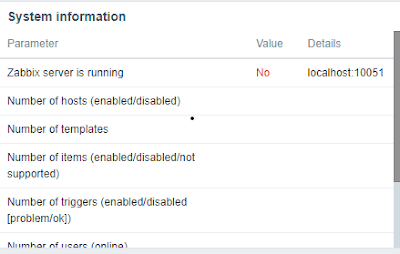Active directory explanation
Active Directory (AD) is a Microsoft technology used in Windows environments to manage and organize a network. It's like a centralized database that stores information about network resources (like computers, users, groups, printers, etc.) and allows administrators to manage and secure them.
Here are some key components and functionalities of Active Directory:
Domain: A domain is a logical grouping of network objects (like computers, users, and devices) that share a centralized database. Each domain has its own database and security policies.
Domain Controller: This is a server that manages security authentication requests within a domain. It stores a copy of the Active Directory database for its domain and authenticates users, allowing access to resources.
Organizational Units (OUs): OUs are containers within a domain used to organize and manage objects like users, groups, and computers. They help in applying specific policies and settings to different sets of resources.
Users and Groups: Active Directory stores information about users, such as usernames, passwords, contact information, and group memberships. Groups can be created to organize users and apply permissions collectively.
Group Policy: Group Policy Objects (GPOs) are configurations and settings applied to users and computers within a domain. These policies manage security settings, desktop configurations, software installation, and more.
Security: Active Directory provides a robust security model. It authenticates and authorizes users to access resources based on their permissions and group memberships. It helps in implementing security measures like password policies, access controls, and encryption.
DNS Integration: Active Directory heavily relies on DNS (Domain Name System) for name resolution and locating network resources.
AD simplifies administration by allowing centralized management of network resources, enhancing security, and providing a scalable infrastructure for large networks. It's widely used in businesses and organizations running Windows-based networks for its robustness and flexibility in managing resources and security.



Comments
Post a Comment